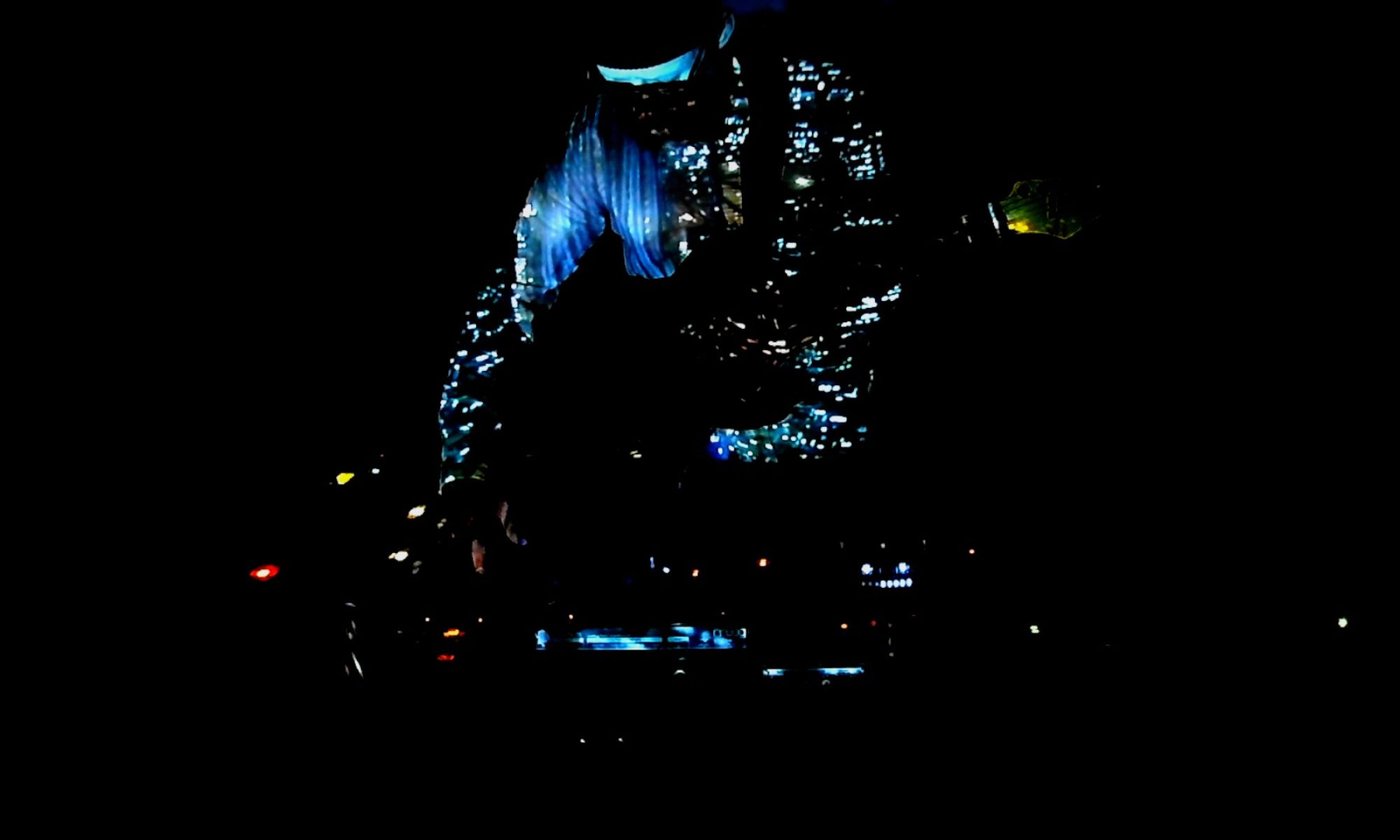
The strong common denominator between art and science is curiosity. It’s curiosity that sets everything in motion, and when curiosity joins hands with abstraction, innovation usually awaits as a natural consequence. There are numerous examples of scientists and artists who are either lifelong friends or partners, often both in the same person. Philosophically, it may be explained that art wants to ask questions, and science wants to provide answers. Art can create curious abstractions about the temporary reality that it is the field of science to describe. Abstractions that either affirm or nuance science… because when art communicates science, it also conveys the process of scientists, what drives them, and what it gives them. Art is existential in its essence and will therefore always relate to the questions and answers of science with the inherent question, “…and what does it mean for people?”
To convey science through the channels of art means, for composer and sound artist Tao Højgaard (aka Mute State), that the artist allows the precision of science to define both the structure and the interrelationships of elements in a concrete work. For the improvising musician, mistakes are the beginnings of new musical paths… a welcome and necessary incentive to explore new aspects of their field, a phenomenon that scientists will recognize as the invaluable answer to questions they haven’t asked. When the original scientific relationships are preserved in an artwork, art is forced to renew its language, blurring the boundaries between communication and interpretation, a merging that allows both science, art, and the audience to relate both concretely and abstractly to the world, its phenomena, and our own human existence.
To allow science and art to illuminate each other, one could call it “knowledge-aesthetic transfer.” Knowledge from one arena applied to another with increased insight into both as a result. A concept that has most recently materialized for Tao Højgaard in a meticulous musical translation of the periodic table, which is equally an artwork and an educational tool. A musical development that, through the modalities of sound and image, guides the listener through the entire periodic table. The process allows an intuitive bodily understanding of the reactivity of atoms, their energy levels, and the complex clockwork of electrons constantly unfolding in each atom while also being its own Musique Concrete work. Through its detailed representation of an essential scientific structure, it directly comments on the rationale and irrationality of human beings, making it an existential work. “The Periodic Table arranged for guitar and sampler” is released in album format but also lives on as a live concert… or perhaps more accurately, a performative audiovisual installation where the entire structure is built up and conveyed in real-time in front of an audience.
Go to The Central Dogma, Protein-synthesis as musical algorithm
